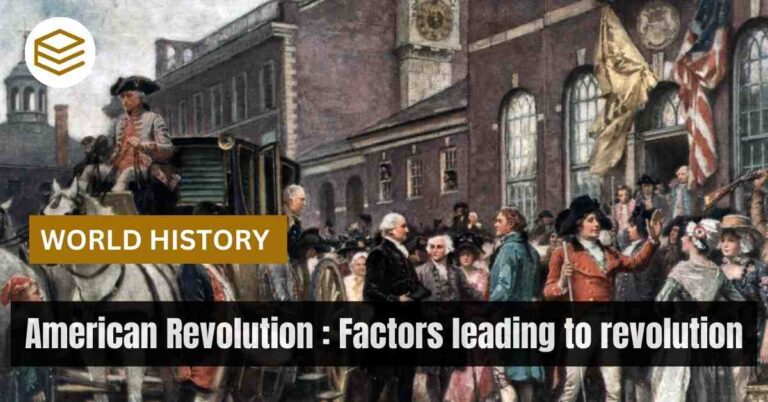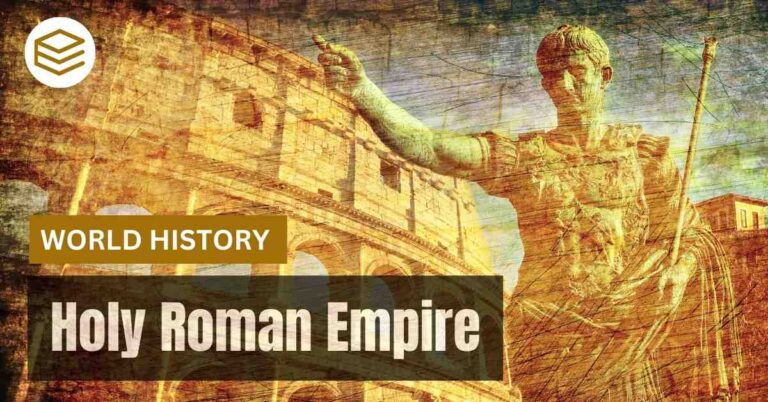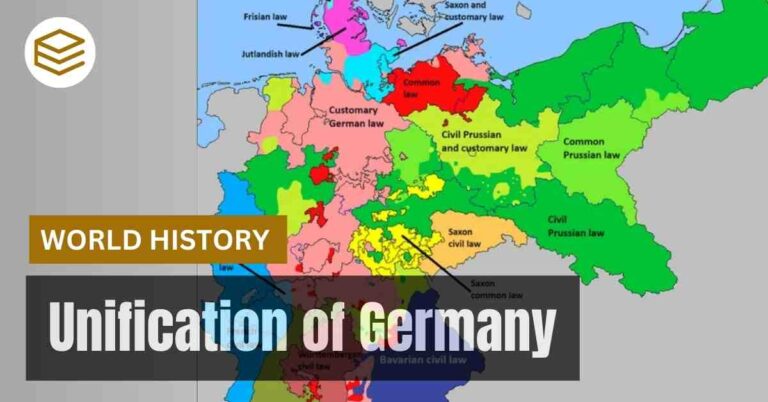December 8, 2025 11:23 pm
Introduction: Rediscovering Humanity’s Potential
The Renaissance, derived from the French word meaning “rebirth,” represents one of the most transformative periods in human history. Emerging in Italy during the 14th century, it lasted until the 17th century, marking the bridge between the medieval and modern eras. This era was not just about art and literature—it was a revival of classical antiquity, a reawakening of human potential, and a journey into uncharted intellectual, cultural, and scientific territories.
Born in the bustling city-states of Italy, this period influenced the course of European history profoundly. From Florence’s banking families to Venice’s maritime empire, from the grand works of Michelangelo and Raphael to the sharp political philosophies of Machiavelli, the Renaissance revolutionized the way people thought, created, and governed.
1. The Economic Foundations of the Renaissance
Florence: The Cradle of the Renaissance
In 14th-century Florence, the wealth generated by its flourishing wool trade and banking system laid the foundation for cultural innovation. Key to this prosperity was the Medici family, whose members were not only shrewd bankers but also great patrons of the arts.

- Cosimo de’ Medici (“Cosimo the Elder”):
- Financed artistic endeavors, including Filippo Brunelleschi’s iconic dome of the Florence Cathedral.
- Supported scholars like Marsilio Ficino, who translated Plato’s works into Latin, ushering in the era of humanist philosophy.
Venice: The Gateway to the East
Venice, a maritime powerhouse, was Italy’s connection to the rich trade networks of the Mediterranean and beyond. Venetian merchants brought exotic goods—spices, silks, and knowledge—from the East, fostering an intellectual environment that fed the Renaissance.
- The Arsenal of Venice:
- A sprawling shipyard capable of producing an entire warship in a single day.
- Symbolized Venice’s dominance in trade and its strategic importance in fostering cross-cultural exchanges.
The Impact of Banking and Commerce
- The rise of banking families like the Medicis and the establishment of double-entry bookkeeping revolutionized finance.
- Florence’s gold florin became the standard currency for trade across Europe, reflecting the city’s economic influence.
2. Humanism: The Intellectual Heart of the Renaissance
The Rediscovery of Classical Antiquity
The fall of Constantinople in 1453 sent Greek scholars fleeing to Italy with their manuscripts, rekindling an interest in ancient Greek and Roman texts. This led to the rise of humanism, a movement that celebrated the study of classical literature, history, and philosophy.
- Key Figures:
- Francesco Petrarch: Known as the “Father of Humanism,” he emphasized the value of ancient Roman virtues and inspired a revival of classical thought.
- Giovanni Boccaccio: Through works like The Decameron, he explored human nature with wit and realism.
Philosophy Meets Humanity
Humanism shifted the focus from divine to human concerns. Thinkers like Pico della Mirandola in his Oration on the Dignity of Man championed the idea that humans could shape their destiny through intellect and will.
3. Artistic Achievements: A Revolution in Visual Expression
The Birth of Perspective
Art during the Renaissance reached new heights of realism, thanks to the development of linear perspective, pioneered by Filippo Brunelleschi.
- Masaccio’s Holy Trinity:
- Among the first paintings to use perspective, creating a three-dimensional effect that stunned viewers.
Leonardo da Vinci: The Quintessential Renaissance Man
Leonardo’s art and scientific observations merged seamlessly, reflecting the Renaissance spirit of inquiry.
- Mona Lisa: Her enigmatic expression symbolizes the complexity of human emotion.
- The Last Supper: A masterclass in perspective and storytelling, capturing the drama of Christ’s final meal with his disciples.
Michelangelo: Art as Devotion and Power
Michelangelo’s works, from the sculpted David to the Sistine Chapel ceiling, embodied the Renaissance ideal of capturing divine beauty in human form.
- The Pietà:
- Carved from a single block of marble, this sculpture remains an unmatched representation of maternal grief and divine grace.
Raphael and the Celebration of Knowledge
Raphael’s masterpiece, The School of Athens, brought together great thinkers like Plato and Aristotle, visually encapsulating the intellectual ethos of the Renaissance.
4. Architecture: Building the Renaissance Vision
Florence Cathedral: A Symbol of Innovation
The dome of the Florence Cathedral, designed by Brunelleschi, symbolized human ingenuity and determination.
Palladian Villas: Harmony and Elegance
Architect Andrea Palladio blended classical principles with Renaissance aesthetics, influencing architecture across Europe for centuries.
5. Literary Giants of the Renaissance
Dante Alighieri: Bridging Eras
Dante’s Divine Comedy was both a medieval exploration of the afterlife and a humanist critique of his society.
Machiavelli’s Pragmatism
In The Prince, Machiavelli redefined politics as the art of power, divorced from morality, laying the groundwork for modern political science.
6. Scientific and Technological Breakthroughs
Galileo: The Herald of Modern Science
Galileo’s use of the telescope challenged Church orthodoxy and revolutionized humanity’s understanding of the cosmos.
Engineering Marvels
From the construction of aqueducts to early designs of flying machines by da Vinci, the Renaissance was an era of technological innovation.
7. Patronage: The Lifeblood of the Renaissance
The Medici: Guardians of Florence
The Medicis’ patronage extended to artists, writers, and architects, ensuring Florence’s dominance as the Renaissance’s cultural capital.
The Papal Influence
Popes like Julius II commissioned projects like Michelangelo’s Sistine Chapel, blending religious devotion with artistic grandeur.
8. Challenges and Decline
The Italian Wars
Foreign invasions, particularly by France and Spain, disrupted the peace and prosperity of the Italian city-states.
The Reformation
Martin Luther’s 95 Theses (1517) challenged the Catholic Church’s authority, redirecting resources and attention from cultural to religious conflicts.
9. The Spread and Legacy of the Renaissance
The Northern Renaissance
Figures like Albrecht Dürer and Desiderius Erasmus adapted Renaissance ideals to the unique cultural and religious context of Northern Europe.
Global Influence
The Renaissance’s emphasis on exploration led to voyages by Columbus and Vespucci, expanding Europe’s horizons and initiating global trade networks.
10. Enduring Impact
Cultural Legacy
The Renaissance reshaped art, science, and governance, laying the groundwork for the Enlightenment and the modern world.
Modern Parallels
The Renaissance spirit of curiosity and innovation continues to inspire breakthroughs in fields like artificial intelligence, biotechnology, and the arts.
Conclusion: The Renaissance as a Timeless Inspiration
The Italian Renaissance was more than a historical era; it was a testament to humanity’s potential to transcend limitations and achieve greatness. Its legacy endures not only in the paintings of da Vinci and the writings of Machiavelli but in the very fabric of modern thought and culture.





[…] Renaissance (14th–17th centuries) ushered in profound changes that weakened feudal systems and paved the way for centralized […]